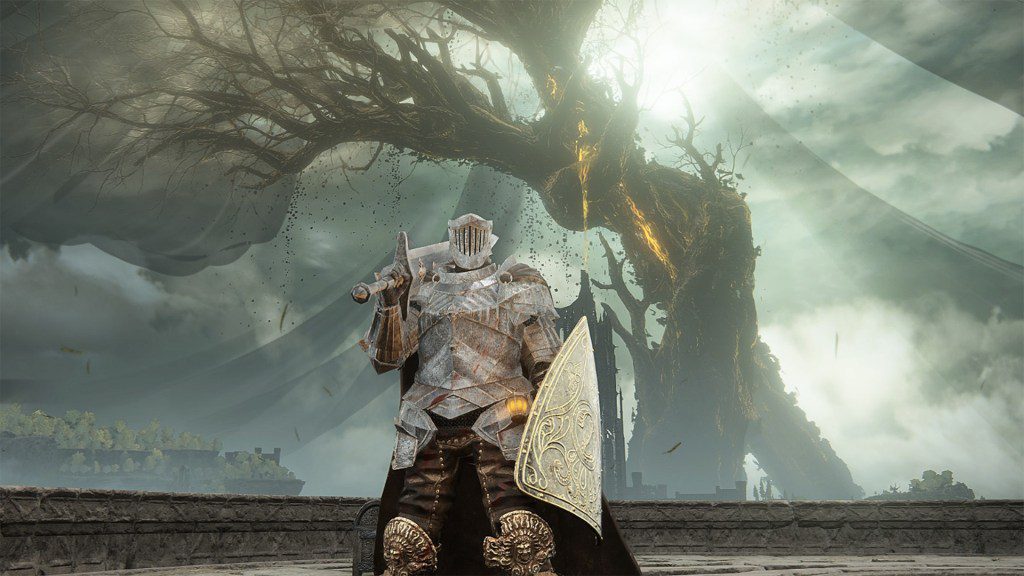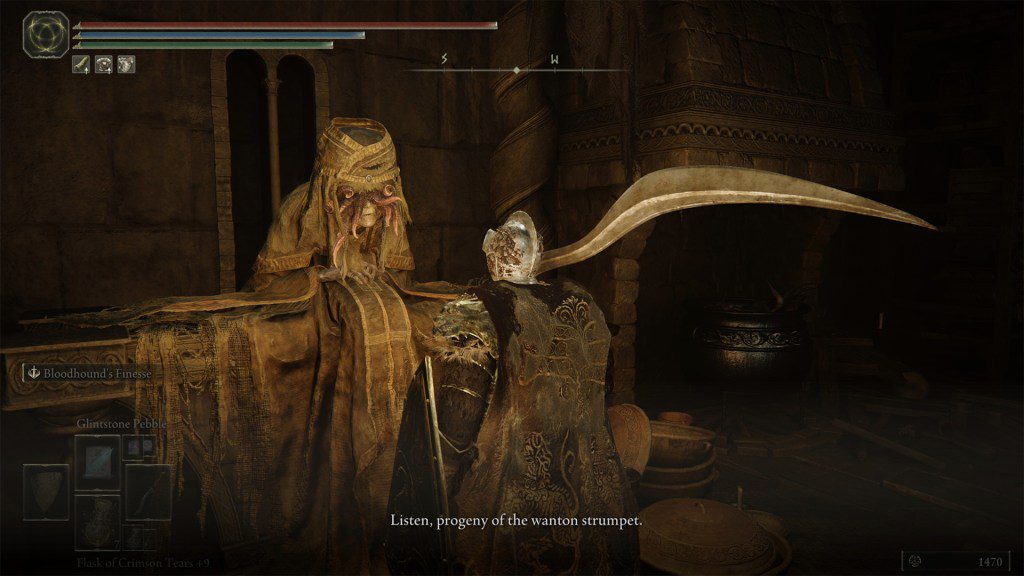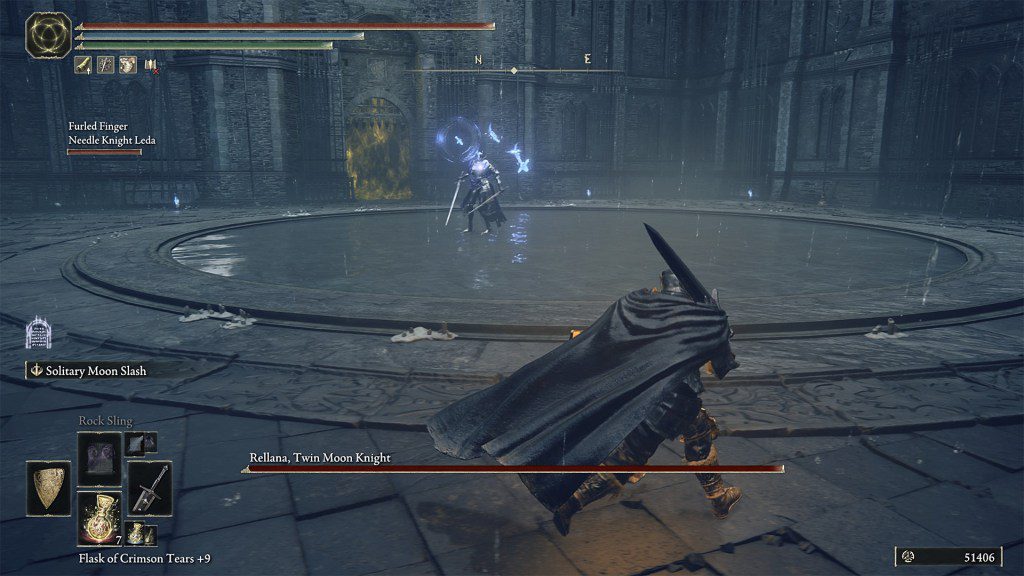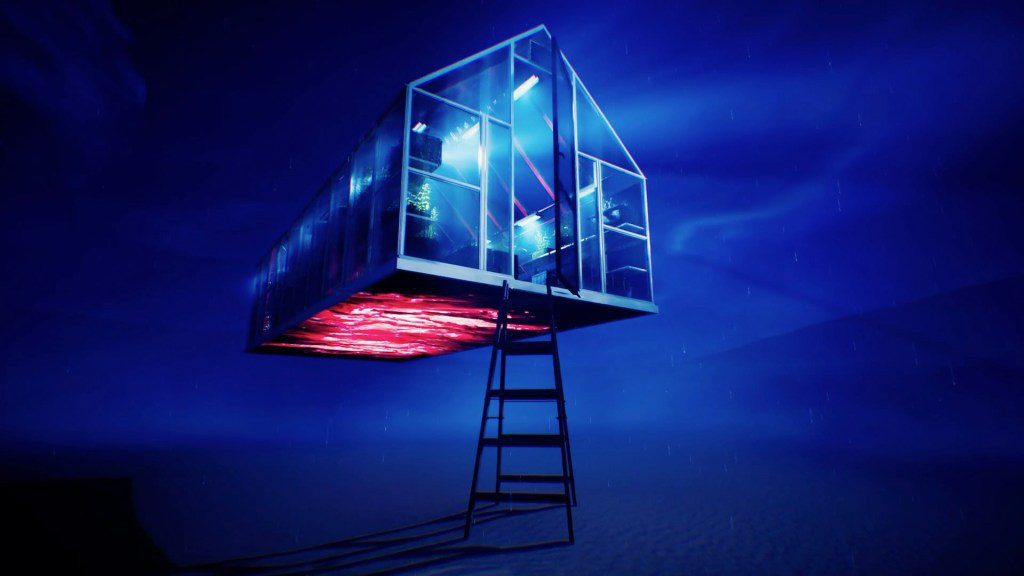‘Elden Ring: Shadow of the Erdtree’ Is an Excellent, Uneven Expansion to the Decade’s Biggest RPG
A dismal rain poured on me as I first set foot in the Land of Shadow, the setting of Elden Ring’s Shadow of the Erdtree expansion, an inauspicious moment that heralded an equally uninspiring opening hour. Linear exploration with clear signposting, an abundance of ambush encounters, and a lack of secrets in a barren landscape was not the kind of welcome I expected. The unpleasantness soon faded into memory as developer FromSoftware’s intent eventually came into clearer focus, but it took a few dungeons, a giant dog, and a ragged band of misfits before I finally saw it.
Shadow of the Erdtree plays like something FromSoftware excised from the heart of Elden Ring proper, with rough edges hastily hemmed to make it a standalone experience. It’s a stew of awkward systems and inelegant boss fights blended with some of the studio’s best designs, most satisfying battles, and strongest storytelling. Messy and uneven as it occasionally is, particularly in its early hours, Shadow of the Erdtree is a brilliant and essential expansion.
War is a memory in Elden Ring. You pick your way through a tattered land and the mad combatants who broke it for their own gain, on your way to install yourself as lord of whatever remains of that land by the time you’re finished with it, and there’s little personal connection to anything you see along the way. The base game is a loose collection of tales and themed regions that you stumble through without much emotional engagement, but Shadow of the Erdtree is immediately different.
You step into the Land of Shadow with a Tarnished reputation. People like you in The Lands Between were upstarts aiming for a chance of glory, and most people were just hopeful that someone, anyone, might restore order to the realm. In Shadow of the Erdtree, you’re a threat, an assumed ally of the brutal oppressor Messmer and another invader intent on despoiling the land. It’s a marked contrast to the base game’s setup, and it gives FromSoftware room to experiment with a new and better kind of storytelling.
A small band of pilgrims from all corners of The Lands Between who left their lives behind to follow Miquella — Elden Ring’s missing demigod — are the only ones who trust you, sometimes grudgingly. They pop up at different points in your journey as their stories intertwine with yours and the land’s own tale, and you can even summon these allies in some of the expansion’s tougher boss fights — an underused feature from the base game. Shadow of the Erdtree creates a sense of connection with these characters that’s largely absent from FromSoftware’s other games, and it uses your perspectives as outsiders to shed new light not just on what happened in the Land of Shadow, but what’s really going on in Elden Ring more broadly.
The result is a more personal narrative that forges stronger ties between you, its characters, and the setting, and it helps that the story itself has more substance. One of my biggest complaints with Elden Ring is how at odds with itself it often seemed. FromSoftware had a more complex story to tell, but spread out as it was across an open world, descriptions on missable items, and other overlooked pieces of information, it was easy to finish with an incomplete idea of what was going on. Shadow of the Erdtree fills in several of Elden Ring’s narrative gaps and encourages you to think about events from a different angle, and it finally does justice to the game’s themes of war, faith, and shattered families.
Captured on PC
Bandai Namco; FromSoftware
Shadow of the Erdtree might spell out its biggest points more plainly, but there’s still plenty to piece together on your own. Even the architecture and dungeon design play a role in that. Nothing says brutal occupation like a military checkpoint built in the style of the invading army just a few hundred yards from a dessicated ancient city where only rancid insects and shades of the dead wander the halls (and one angry old lady who yells at you, but that’s beside the point).
Speaking of visual design, FromSoftware crammed an entire game’s worth of environment design into a comparatively small area and made the Land of Shadow the most visually interesting of Elden Ring’s regions and a strong contender for one of the studio’s best worlds. You wouldn’t know it at first, as the Gravesite Plain — literally just a massive plain full of spectral graves — is dull and mostly featureless. Once you’re finally free of it, though, the Land of Shadow opens up in ways far more ambitious than we saw in Elden Ring.
One early area lets you observe most of the Land of Shadow from up high. I thought it resembled a world from one of Nintendo’s 3D Super Mario games — and was later surprised to realize it’s actually structured like one as well. The Land of Shadow is spilling over with secrets, tucked into tunnels and behind waterfalls, hidden along riverbanks only accessible via gravestone staircases, floating in the sky — there’s just so much to discover. Shadow of the Erdtree expects you to engage with the landscape to a much greater extent than the base game, and navigating the world is a puzzle in itself.

Captured on PC
Bandai Namco; FromSoftware
Granted, the land and most things in it want to hurt you as much as possible, and almost everything is grim and miserable. Still, there’s a level of creativity and, occasionally, beauty and whimsy in its design that elevates Shadow of the Erdtree above the original game and makes exploring more enjoyable and less like a predictable routine where you can easily guess what’s around the next figurative corner.
That streak of inspiration carries over to Shadow of the Erdtree’s dungeons as well. The large, legacy dungeons have much more personality than the one-note castles and volcanic prisons of the base game, and even the mini-dungeons that tended to have little variation in Elden Ring feel exciting and dangerous. Perhaps it’s down to having more time and fewer areas to work on, but every location has some kind of fresh twist, whether it’s a leap of faith into the abyss or a unique layout designed specifically for fighting a specific kind of enemy.
Those enemies are more challenging than ever. Shadow of the Erdtree’s new foes are brutally efficient at exterminating you, and that’s true even for the standard, no-name encounters you’ll have in dungeons and across the open world. Standard knights and other recognizable enemies also pose a new threat, thanks to how FromSoftware deploys them, and there are even a few tongue-in-cheek moments where it feels like FromSoft intentionally toys with your expectations. On one memorable occasion, I smugly remarked to myself how easy an invading NPC challenge was, before facing the corporeal form of that enemy and getting myself smeared into the wall.

Captured on PC
Bandai Namco; FromSoftware
Boss encounters can be uneven, though, and the first two establish a pattern that holds true for the rest of the expansion. The Divine Dancing Beast from Belurat Settlement is a spectacle, an example of FromSoft at its best with a fight that forces you to adapt and create new strategies on the fly. The next boss plays like an early encounter from the base game. It still tests your timing and demands good planning, but it’s hard not to see it as a letdown after the first experience. The same is true for the rest of the expansion, as major encounters fluctuate between exceptional and comparatively mundane, even forgettable, battles.
Shadow of the Erdtree uses a new and slightly frustrating progression system that hides stat scaling and damage potential behind vague labels. Scadutree Fragments are tucked away around the region, usually in sites with some connection to Miquella, and you can enhance your Scadutree level once you collect enough, which, the game rather unhelpfully says, increases how much damage you deal and reduces how much you take. Spirit Ashes have a similarly obtuse new progression system, only you use Revered Spirit Ashes to boost your summons’ effectiveness.

Captured on PC
Bandai Namco; FromSoftware
I assume FromSoftware wants players to focus on strategy instead of stats, but if I’m running into issues in battle, I’d rather be able to look at my build and make a plan for how to fix it. It’s an uncharacteristically messy system, all the more surprising given how finely tuned the base game is.
Still, a good weapon and better armor are more likely to help in tricky situations than bumping your stat scaling up by a few extra numbers, and Shadow of the Erdtree gives you plenty of exciting new toys to play with. The variety is fantastic, even in just the first two hours. I found a hammer that scales with faith and burns enemies, a small greatsword with a style more similar to a rapier, and a larger sword with a skill so powerful that it knocks down most enemies, if they don’t kill you before you pull it off. Better still, Shadow of the Erdtree practically throws upgrade items at you, so you actually have the means to tinker with weapons and make new builds.

Captured on PC
Bandai Namco; FromSoftware
The expansion includes eight new categories of weapons, which sounds fancy, but these new armament types are more about small, thoughtful ways to change your fighting style — not dramatically changing the meta. Several of the categories are as straightforward as “light greatsword,” a weapon with the versatility of a regular sword and roughly three quarters of the power of a regular greatsword, but if you’re like me and struggle to wrap your head around the timing if larger weapon strikes, it’s a pretty big deal.
Shadow of the Erdtree stumbles at first, and its opening hours seem anticlimactic after the events that lead up to it. There’s an excellent story at its heart, though, wrapped in a new setting whose small size belies the number of secrets it hides and the artistry involved in bringing it to life. FromSoft smoothed over almost all of Elden Ring’s pain points and built one of its smartest and most interesting worlds yet, even if it added some new rough edges in the process.





